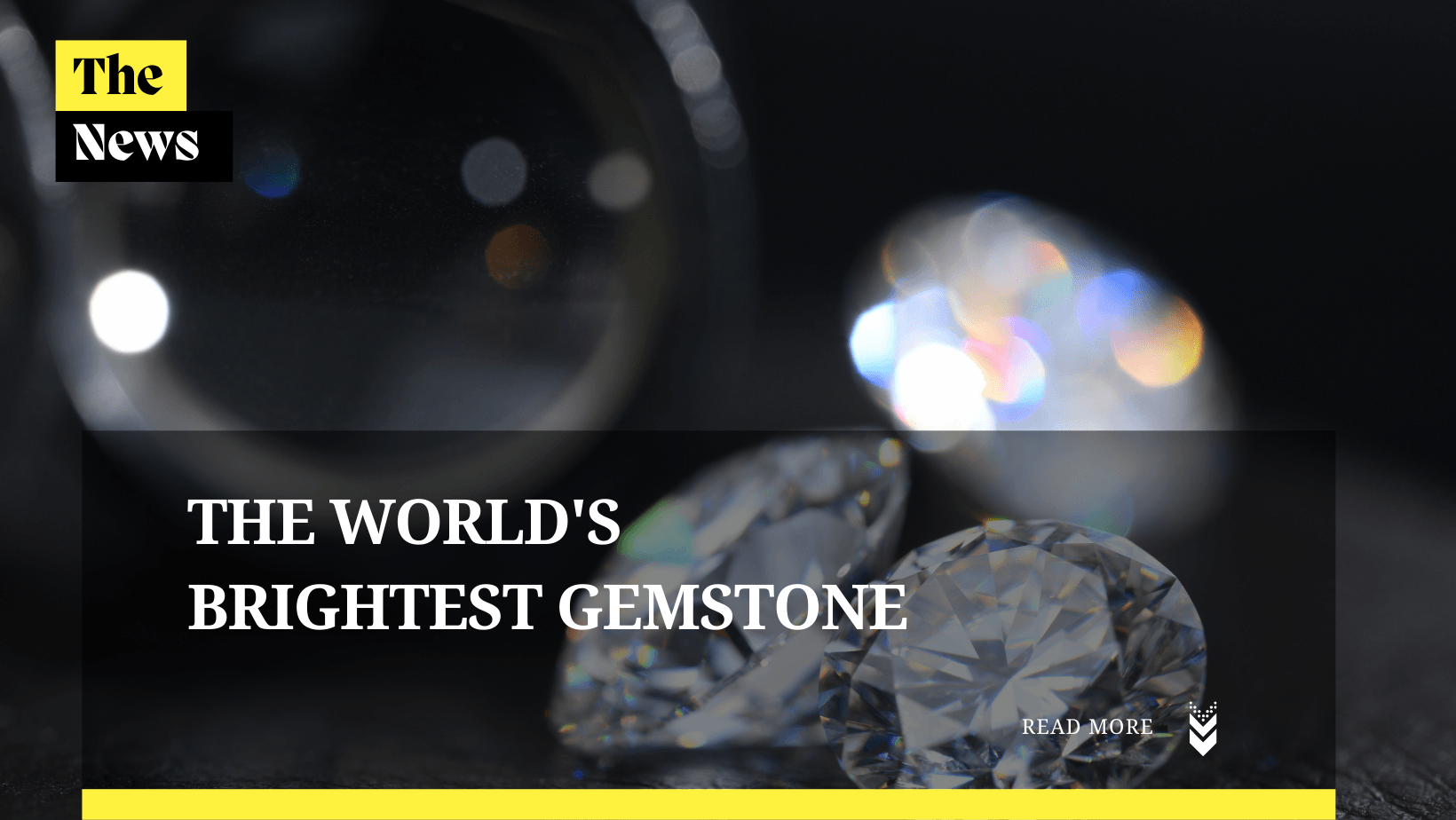Supply
Moissanite is extremely rare in its natural form because it doesn’t grow on earth like other gemstones. This gemstone actually originate from meteorites in space and become recognized as Moissanite when it lands on Earth. Given the circumstance of this gem's origin, natural Moissanite is not available to be mined and astronomically expensive to source.
When the idea of engagement rings became popular around 1910, Diamond had enough natural supply in the mines around the world to meet the demands of the newly adopted proposal culture. Although gemologists and jewelers knew about Moissanites at the time, there wasn’t enough Moissanite supply for widespread commercialization. This was the case until the technology became available for producing Moissanite gemstones in labs.
Technology
In recent decades, advanced technology enabled chemists to produce mainstream gemstones in lab setting. These includes Diamonds, Sapphires, Emeralds, Rubies and Moissanites. Moissanites gained popularity as consumers appreciated its equivalent beauty, durability, and fair cost. Consumers and sometimes even jewelers, have difficulty telling Moissanites apart from its over-marketed counterpart due to its similar visual properties.
The industry's secret
When lab created Moissanites became available on the market around 1980, jewelers had mutual interests to not mass release this gemstone into the market. Jewelers were aware of Moissanites but had all refused to sell or educate consumers on this gem since it would interfere with sales on highly profitable Diamonds. Moissanite has been the longest kept secret within the jewelry community and is a contributing cause to why most people haven’t heard of this gemstone. The information on these gems have been exposed in recent years and Moissanites are now the second most popular gemstone used in engagement rings.


